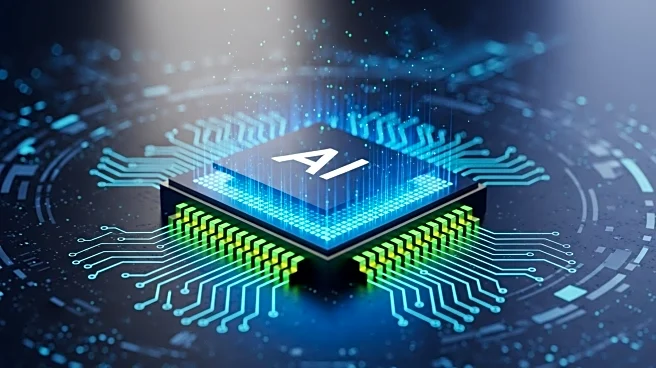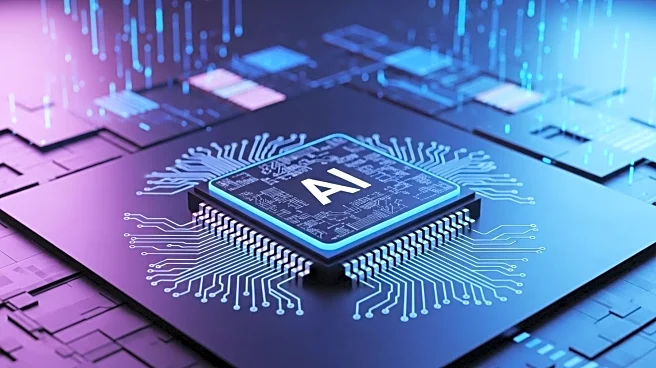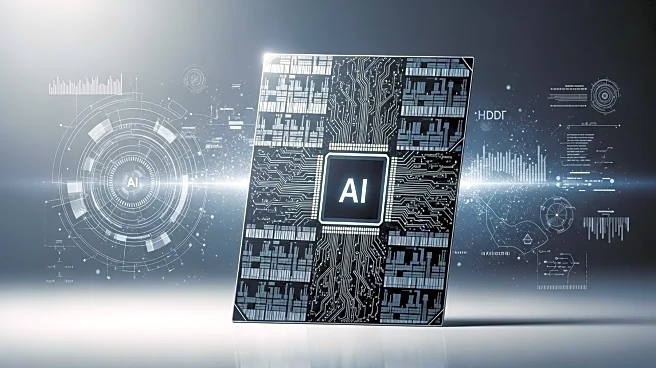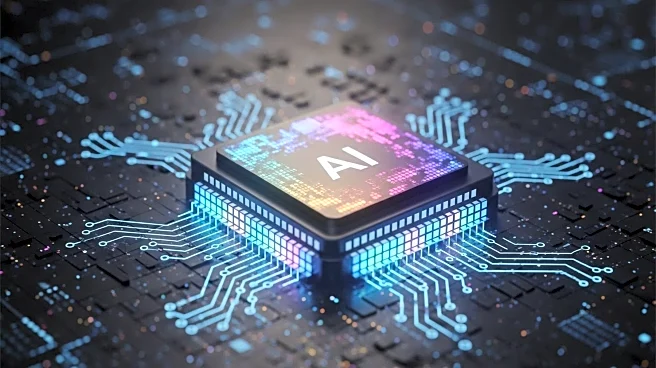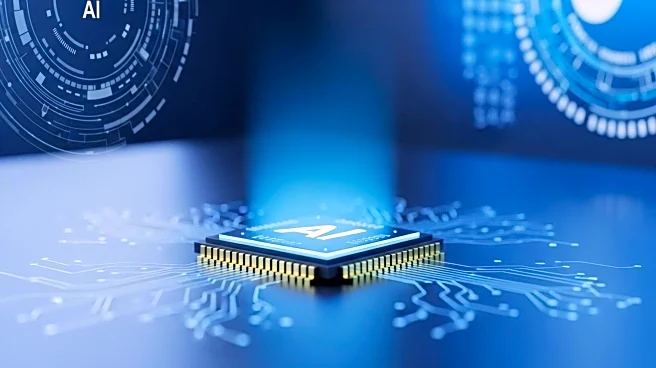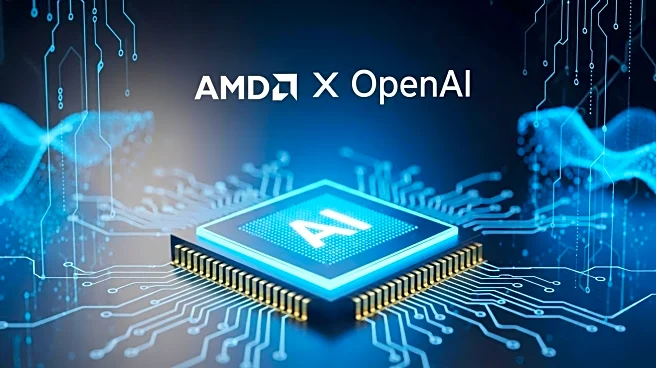What is the story about?
What's Happening?
OpenAI and AMD have announced a multi-year partnership involving the deployment of 6 gigawatts of AMD's AI GPUs across multiple future chip generations. This deal, starting with 1 GW of MI450 chips in 2026, is expected to generate tens of billions of dollars in annual revenue for AMD. As part of the agreement, AMD has granted OpenAI a warrant to purchase up to 160 million AMD shares, approximately 10% of the company, at $0.01 per share. This equity option is contingent upon meeting chip delivery milestones and stock-price targets. The announcement has led to a significant increase in AMD's stock price, while Nvidia's stock experienced a slight dip.
Why It's Important?
This partnership is significant as it positions AMD to challenge Nvidia's dominance in the AI hardware market. By diversifying its suppliers, OpenAI reduces its reliance on Nvidia, which currently supplies about 90% of AI accelerator chips. The deal is transformative for AMD, potentially reshaping industry dynamics and attracting other AI customers. For OpenAI, securing a long-term supply of cutting-edge chips is crucial for training larger AI models and maintaining its competitive edge. The agreement also highlights the growing entanglement of tech giants, chipmakers, and investors in the AI industry.
What's Next?
The partnership sets the stage for AMD to become a major player in the AI chip market, challenging Nvidia's market share. OpenAI's move to secure multiple suppliers indicates a strategy to mitigate risks associated with supply chain bottlenecks and geopolitical tensions. The success of this partnership could lead to further collaborations and investments in AI infrastructure. As the AI industry continues to expand, stakeholders will closely monitor the execution of this deal and its impact on the broader tech ecosystem.
Beyond the Headlines
The OpenAI-AMD alliance is part of a larger trend of massive partnerships and cross-investments in the AI industry, described as a 'mega-blob.' This interconnected web of funding and collaboration raises questions about potential monopolies and the concentration of power in the AI sector. Critics warn of systemic risks if one major player falters, while optimists view these alliances as necessary for building transformative AI capabilities. The deal underscores the strategic importance of AI and the lengths companies will go to secure their place in the future of technology.
AI Generated Content
Do you find this article useful?


